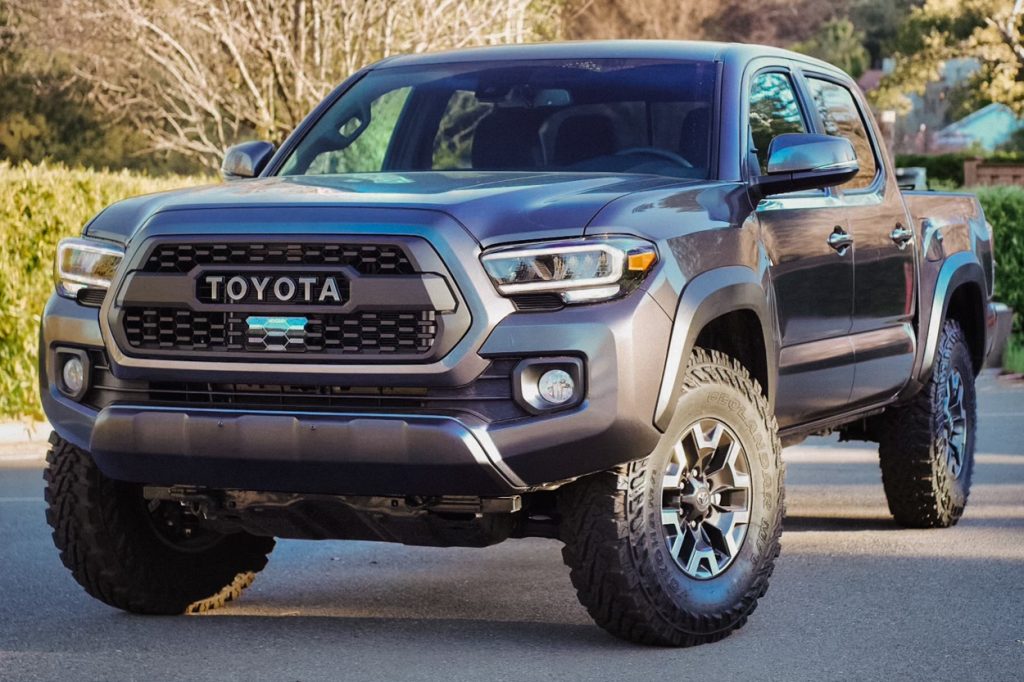
Today, we are going to unbox every Tacoma owner’s favorite topic – tires. Let’s not think about 35s or 37s and the headaches that come with them.
Rather, let’s talk about the best entry-level tires, 33s. Specifically skinny/narrow ones, also called “pizza cutters” (255/85R16 and 255/80R17) and wide tires (285/75R16 and 285/70R17 and 33×12.5R17).
The conditions dictate which will perform better. And of course, there is an intense debate that ultimately seems to come down to subjective experiences and what you prefer. I will be speaking to what I experienced.
A major point to consider, narrower ones will provide the same ground clearance, but with less width you’ll experience less rubbing and fitment issues. Skinny tires can fit with a stock suspension. So the average user… might consider moving away from what’s been made popular by the community – at their own gain!
My experience with these two 33″ options is from two different Tacomas, where we ran both types. I tried to provide relevant sizes for each category for 16″ and 17″ wheels.
Table Of Contents
Skinny Tires
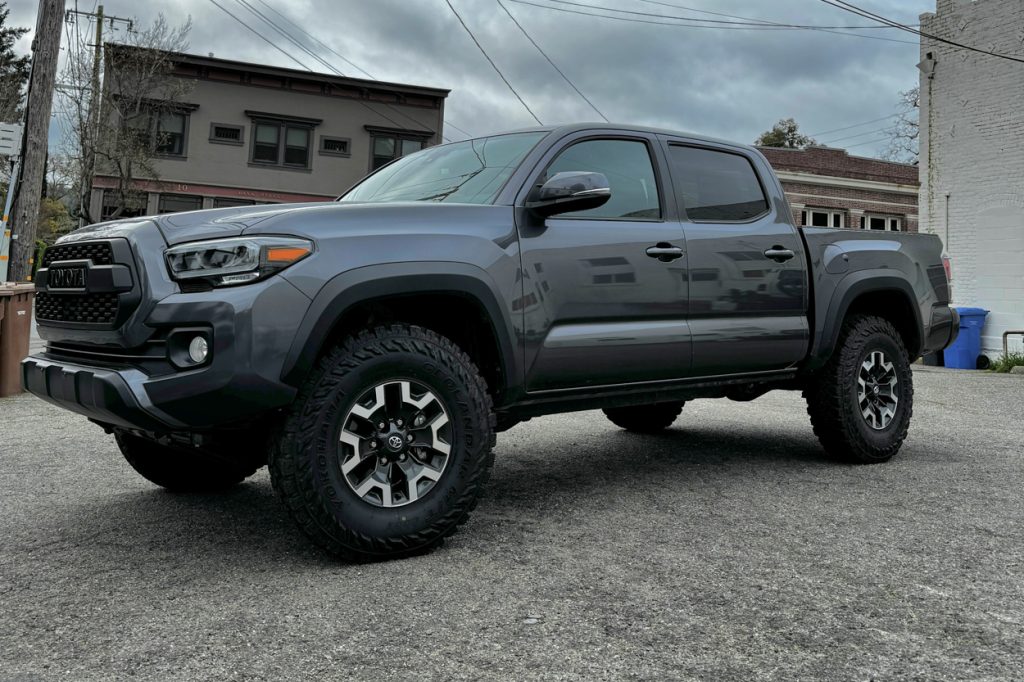
Let’s start with then 255/85R16 and 255/80/17.
These track better and don’t pull toward ruts and road grooves as much. Narrow tires seem to perform better in mud, where there is less material to push out of the way. Being smaller (width wise) and having less material, they weigh less, which will means better MPGs and vehicle responsiveness on and off road.
Many military vehicles run smaller but taller tires. I suspect that this is due to improved handling in conditions these vehicles see, and likely the cost savings. Wide tires will “float” better and provide a larger contact patch. This is helpful with conditions like snow, mud, and potentially rocks.
One of the best advantages of this size is its all around performance. When airing down, the wider footprint paired with the narrower tire provides optimal traction without sinking into soft surfaces like sand or mud. Improved traction creates more control and reduces slipping, enhancing your Tacoma’s off-road capabilities.
This is the fastest way to get ground clearance running little or no lift, but still get the extra ground clearance 33s provide. The rub (with a good alignment) on a stock truck is little to none. So you can get more clearance without the increase center of gravity from a lift kit. But their height also fills out a wheel well nicely with a lift kit.
While these tires excel in off-road environments, they are also well-suited for on-road driving. The enhanced traction, ground clearance, and load-carrying capacity over stock make them extremely versatile for a wide range of end users.
Wide Tires
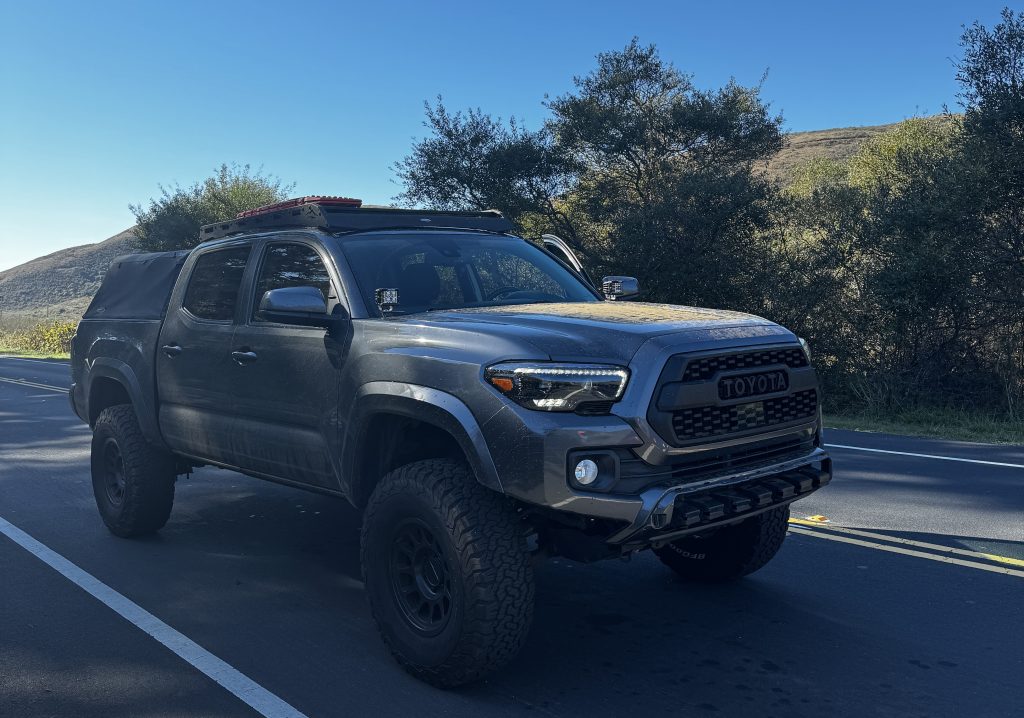
Now let’s move on to 285/75R16 and 285/70R17 and 33×12.5R17.
The first two are effectively the same, measuring about 32.75″ (ish) tall and 11.25″ (ish) wide. Now the 33×12.5R17 (only available for 17″ wheels, 33×12.5×16 doesn’t exist) is also just under 33″ (or close to it) but you get an additional ~1.25″ in width. This size tends to be more expensive, but is the biggest of the bunch, if you really want that beefy look.
While they can still be fitted fairly easily, a bit more work is needed compared to pizza cutters. You’ll need to choose the right lift, tire, and wheel combination along with a proper alignment, and likely a cab mount chop and pinch weld clearance. Tire rub will really be determined by the previous, and how much you cycle your suspension. At full compression and full lock, you’d be surprised that even 32s and 33s have been known to rub around the wheel well at the extremes.
A good wide tire will help in rocky and slippery terrain along with dry, and some winter conditions.
Which Is Better?
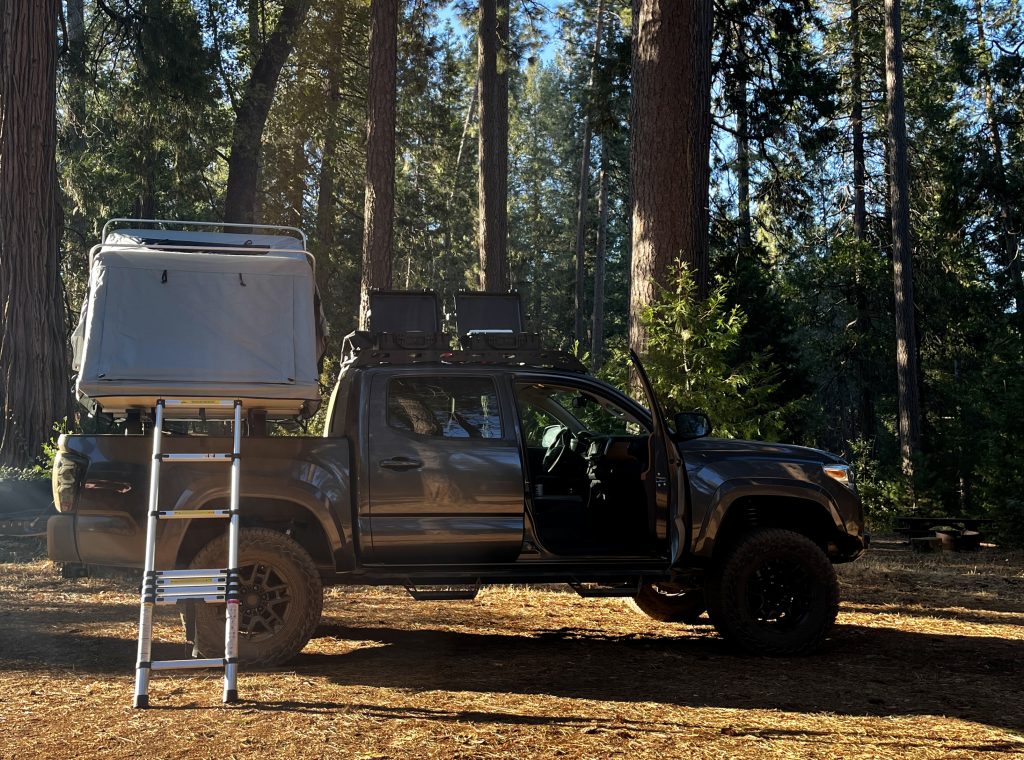
A wider tire is better for crawling and “floating” on top of terrain whereas a thinner tire will slice through. That being said, when it comes to airing down for more traction, we have to look at the “science” behind which tire would benefit us more in certain terrain.
The contact pressure per square inch is measured in lbs. and derived by the weight of the vehicle. The thinner tire will have more pounds per square inch due to its smaller contact area compared to the wider tire which distributes more weight across a larger one. This means that a wider tire has a more evenly distributed contact patch. Wider tires can also provide a bit more stability, since they have a bigger contact patch. This can (to varying degrees) offset a higher center or gravity from lifting your truck.
In reality, a lighter truck on skinny tires would potentially have similar performance to a heavier truck on wider tires.
The Right One For You
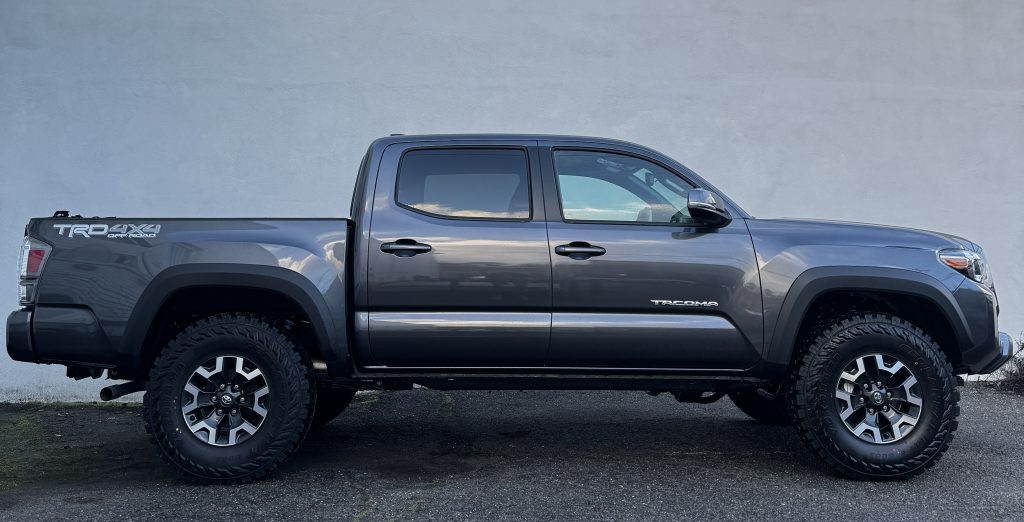
Wider tires will help with general “floating” over obstacles and traction. Just know that if you daily drive your truck, all of that added rubber will increase rolling resistance. That will put more strain on your drivetrain and negatively impact your fuel economy. Also, wider tires increase the chances of hydroplaning and slipping on ice or snow.
Personally, this is why I used a thinner tire. I live in California near the mountains and run into rain, snow, and ice often. Pizza cutter tires still provide excellent traction when aired down without the negative impacts of wider tires.
However, this is usually preferential, as plenty of people run wider tires and love it!
Choosing between the two varies greatly. Some people prioritize the ability to fit the largest tire possible while stock. Others look for performance, but also a wide stance when rolling down the road. You should consider that the narrow tire sizes have a smaller selection. And sometimes less available stock. You might need to order them in advance. What has become more standard (wide sizes), tend to have way better selections and availability. Especially something like a 285/70R17.
At the end of the day – if you want performance without weight, trimming headaches, and the stance isn’t something you prioritize, you’ll likely get the most out of skinnier tires. If you want more stability and a great visual appeal, go with the wider ones.
Final Thoughts
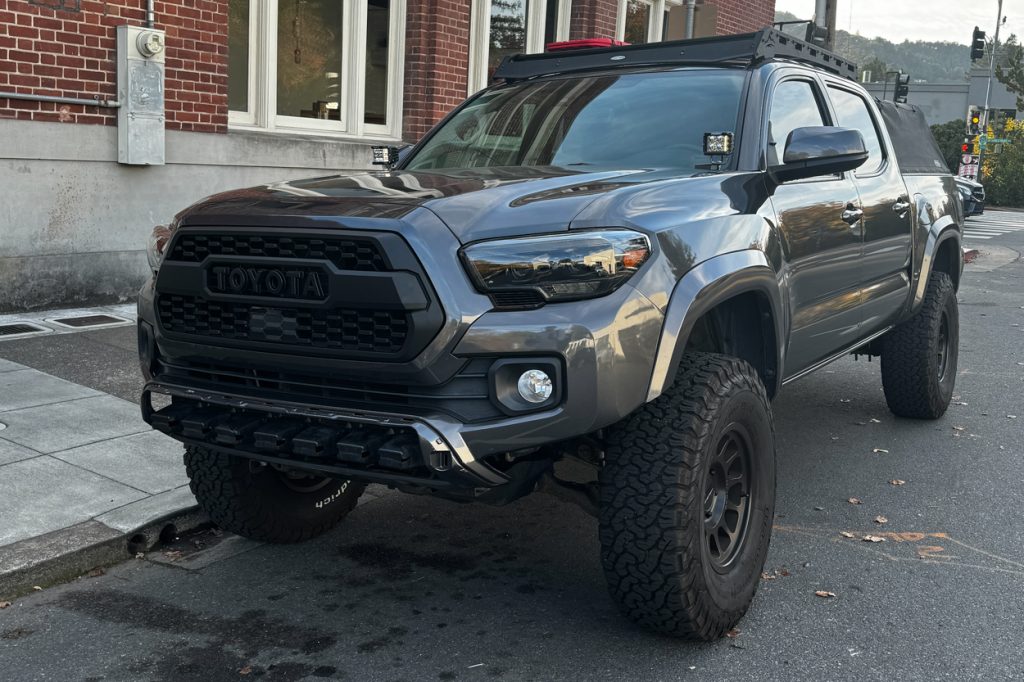
Both styles have their pros and cons, it’s a constant battle of looks vs functionality!
At the end of the day, it is up to you and how you drive the truck. Consider what your added weight is, where you explore, and how you want your truck to perform in those conditions, and go from there!
255/80/17 Examples (Cooper)
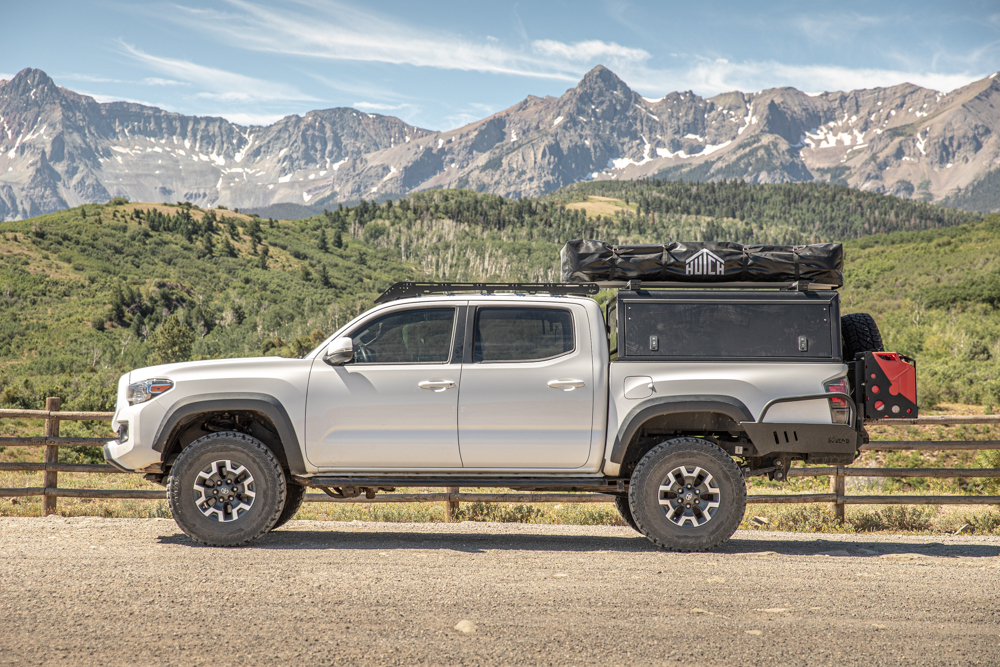
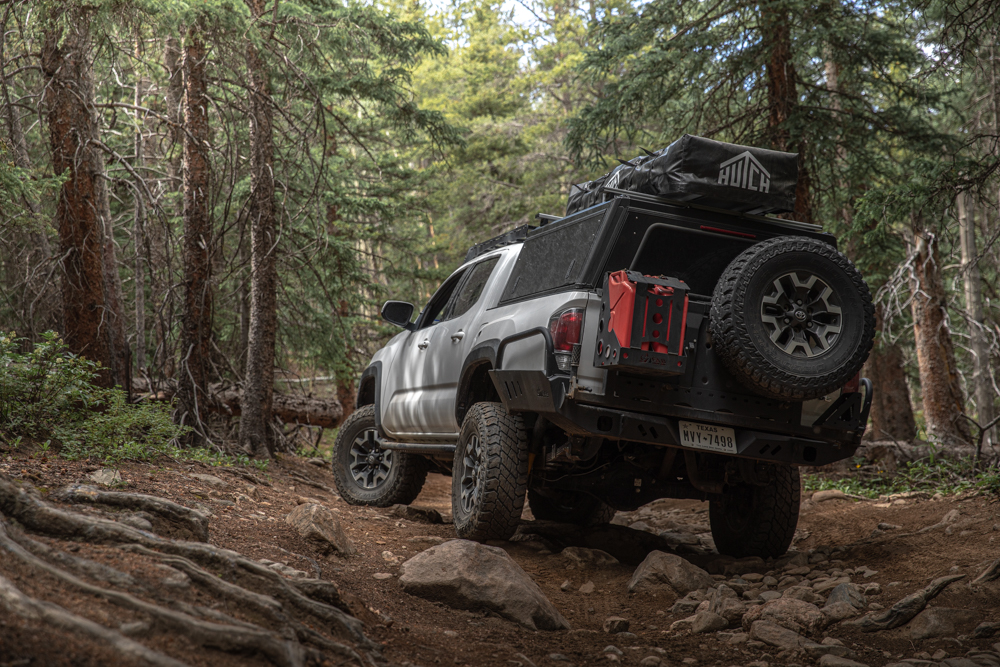
285/70/17 Examples (TreadWright)
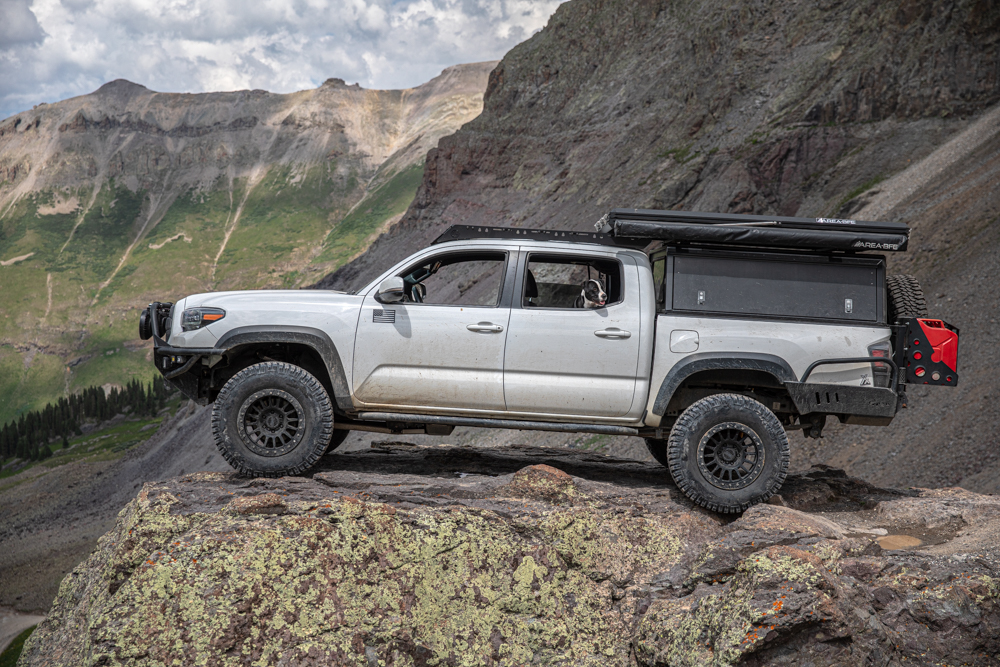
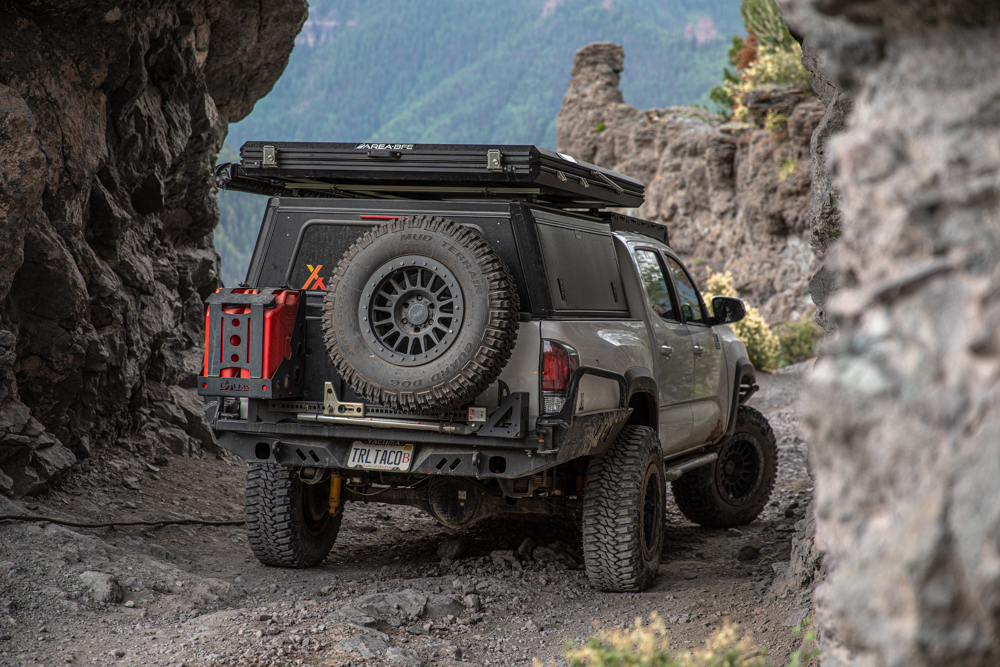


Nice overview! I second GhostTaco – mandatory reading. Skinny 33s just might be the most underrated tire for the majority of owners looking to upgrade.
Article should be first reading for new Tacoma owners. It’s interesting what Toyota did with these trucks, in how they made it so that pretty much any change from stock size likely results in the need for some intensive modification. Add a tire size to stock on the stock wheels, you might get the tire rubbing on the UCA or fenders. Add a tire size in height, you might start rubbing on your fender pinch weld or fender flares. Add two tire sizes, and you’re headed for a cab-mount chop and special UCAs that super adjust camber. Interesting to have… Read more »
Great beginning article!